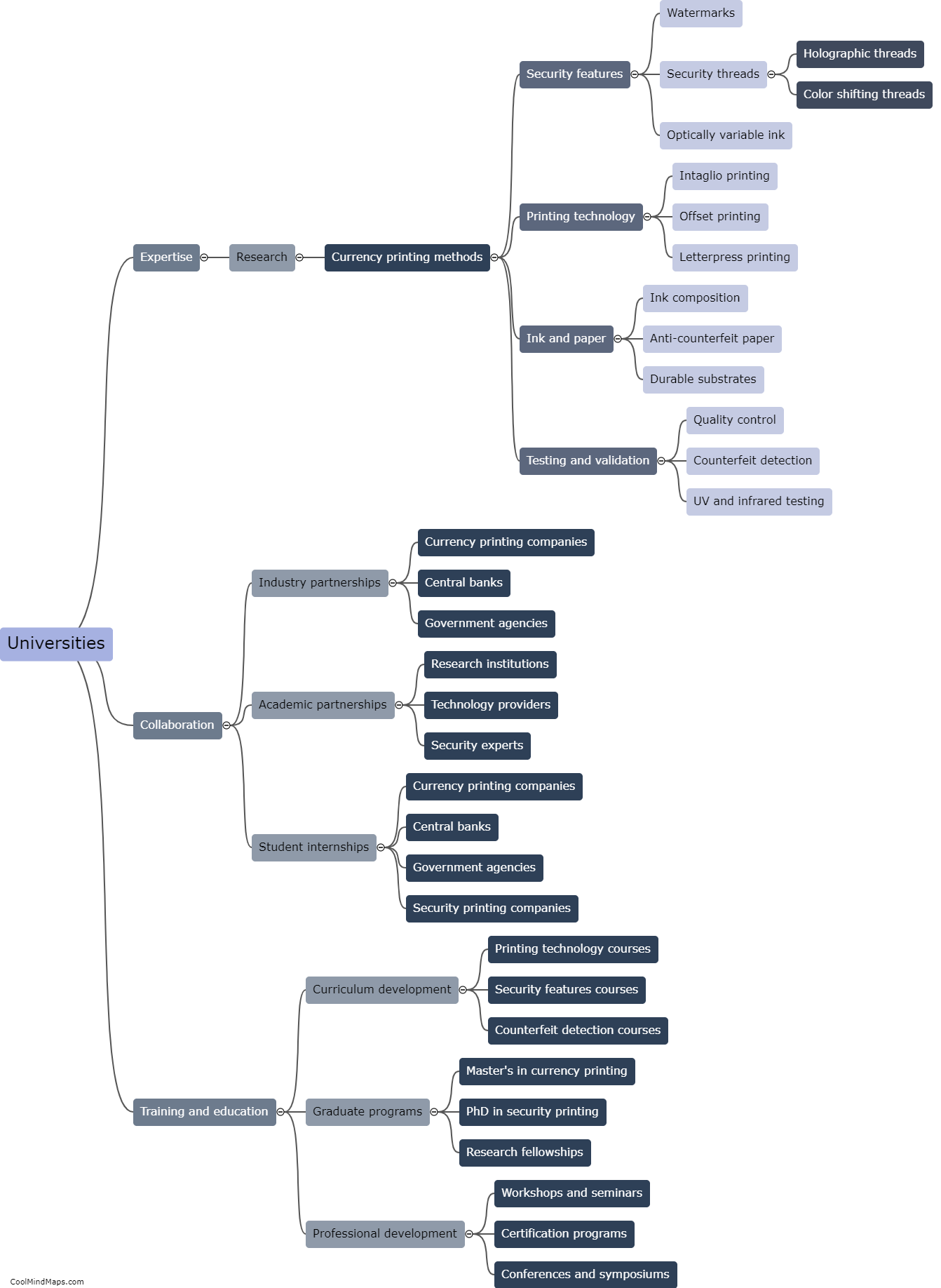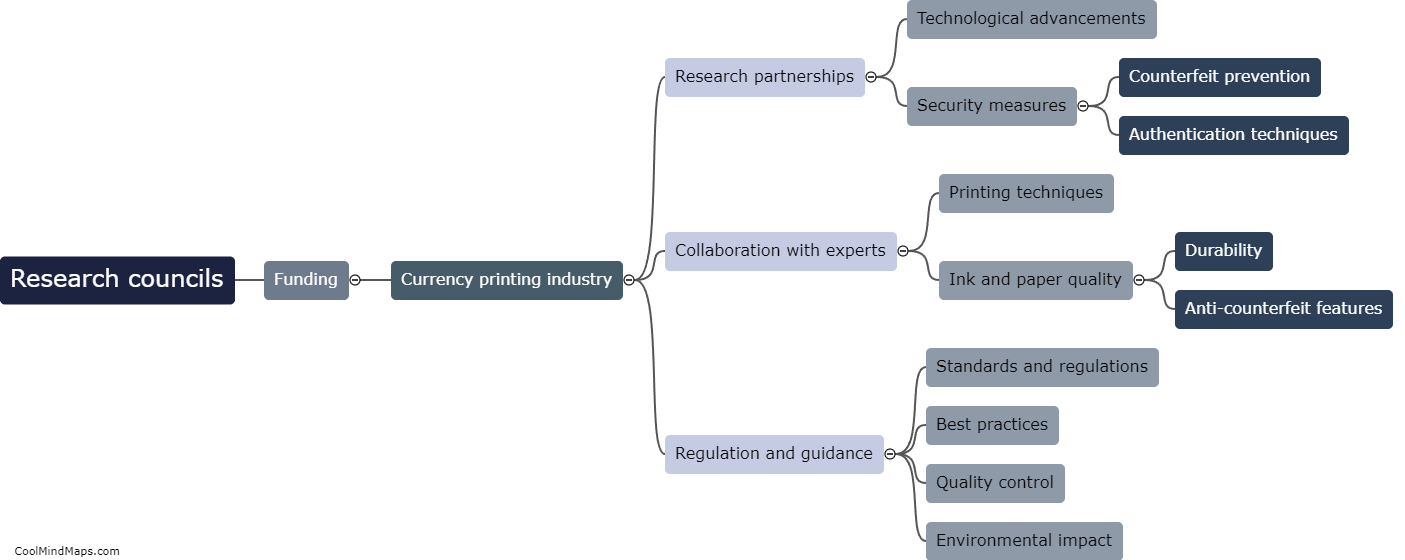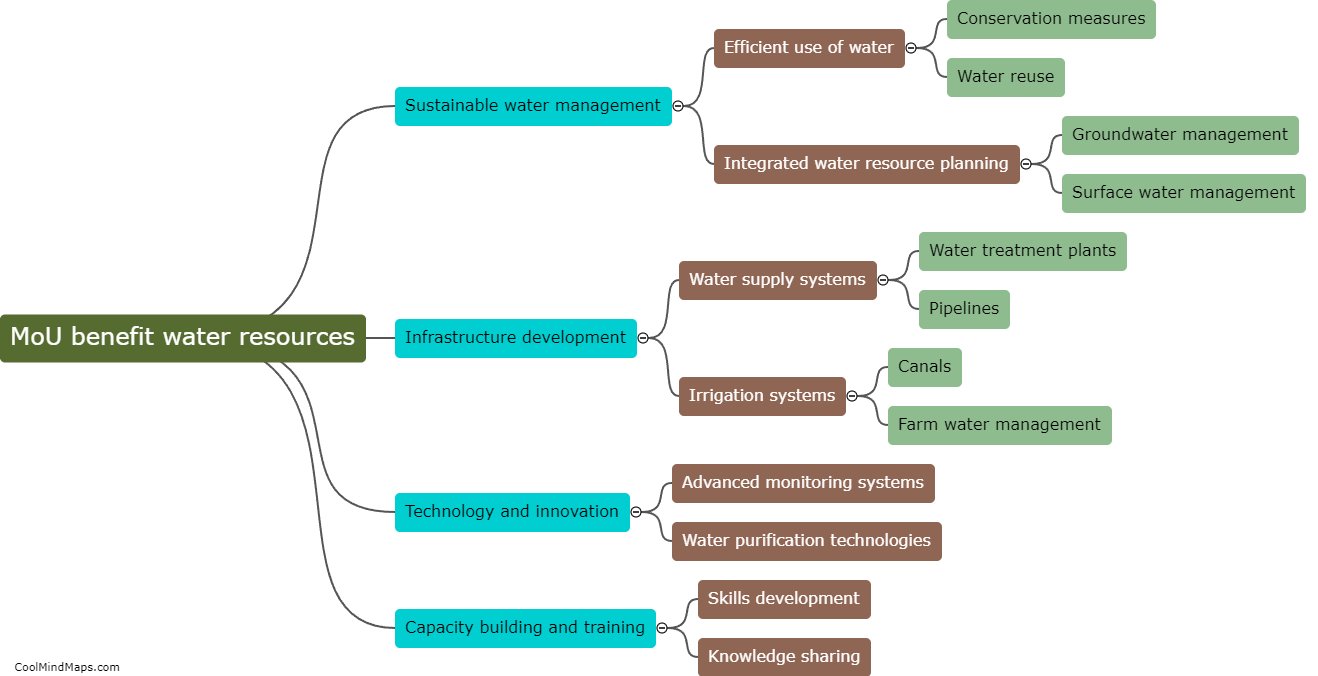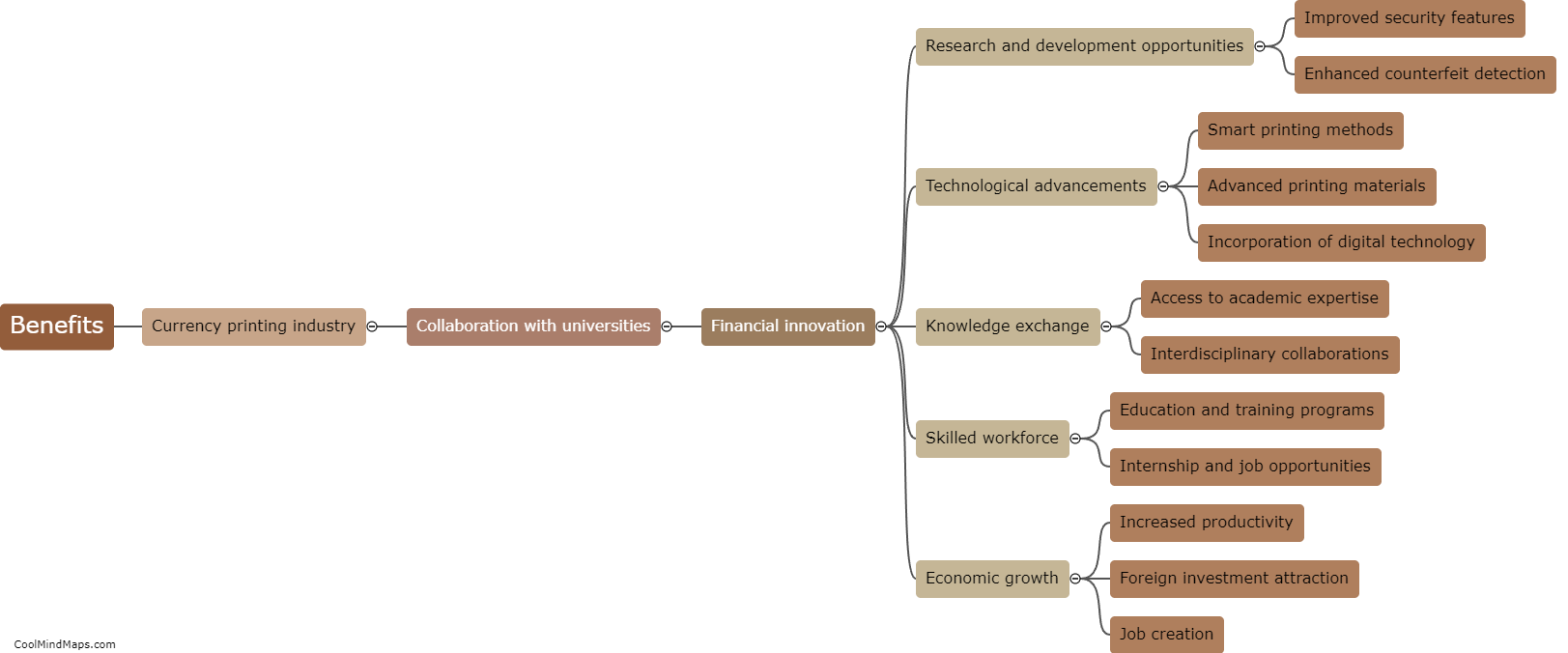How can universities contribute to the currency printing industry?
Universities can contribute to the currency printing industry through research, education, and training programs. Firstly, universities can conduct research on materials, technologies, and security features to enhance the currency production process. This can include developing advanced printing machinery, improving ink formulations, and designing cutting-edge anti-counterfeiting measures. Additionally, universities can offer specialized courses and degrees in printing technology, graphic design, and security printing, providing a skilled workforce for the industry. Moreover, universities can collaborate with government agencies and currency printing presses to provide training programs and internships, enabling students and researchers to gain practical experience in the currency printing field. Overall, universities play a crucial role in advancing the currency printing industry by fostering innovation, knowledge transfer, and skill development.

This mind map was published on 29 November 2023 and has been viewed 86 times.











